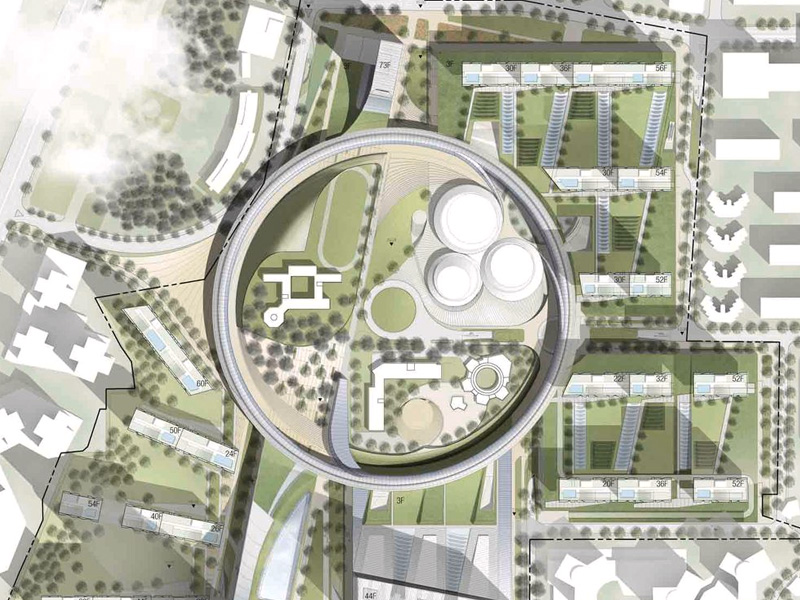URBAN PLANNING II course
Lectures by Prof. Domenico Cecchini

URBAN PLANNING II course
Academic year 2009/2010
Prof. Domenico Cecchini
LESSONS
INTRODUCTION
The current terms of the urban question. Urban Planning and Urban Project.
Public space today.
Presentation of the course and the themes of the design workshop.
PART 1: URBAN DYNAMICS
1.1: Reasons and principles of urban recovery: beyond metropolitan dichotomies. European paradigmatic examples: London; Berlin, Barcelona.
1.2: Urban dynamics: major phases of urbanization from the first industrial revolution to today: corresponding paradigms and urban planning models.
1.3: Outline of macro-economic theories and interpretative models, the theory of the "economic base" and of the urban life cycle; functional specialization indicators.
1.4: Structural components of recent urban dynamics (recent demographic and functional dynamics in the Italian and European urban system); hierarchies and long distance competition.
INSPECTIONS in the areas chosen for the design workshops.
PART 2: PLANNING TOOLS
2.1. Impact of changes in urbanization processes on traditional planning; other critical aspects of traditional general and implementation urban planning tools:
2.2. general tools:
The question of the effectiveness of the Plan and its "new form"; innovative experiences in Italy; the proposal of the new Town Plan for Rome: general contents.
2.3. general tools
The proposal of the new Plan for Rome: specific contents
2.4. implementation tools
Traditional implementation tools and complex programs; distinctive features and case studies (Recovery plans of the former abusive villages, Redevelopment and urban recovery programs.)
PART 3: PUBLIC SPACE AND URBAN PROJECT
3.1. Principles of the Urban Project as a method of recomposing the urban space:
– feasibility (technical, economic, procedural)
– integration, sustainability and duration (performance approach, design techniques, field experiences)
– participation and sharing (social feasibility: methods and techniques of communication, the experience of neighborhood workshops)
3.2. Type of urban projects: in the Roman experience:
3.3. Case studies in the Roman area:
3.3.1. Ostiense-Marconi
3.3.2. Bufalotta
3.3.3. Viale Giustiniano Imperatore
3.4. The principles of the Urban Project applied to local public spaces
3.4.1. European cases (Barcelona, Lyon)
3.4.2. Recovery of public spaces in Rome: the squares
Source: http://www.cittasostenibili.it



































































